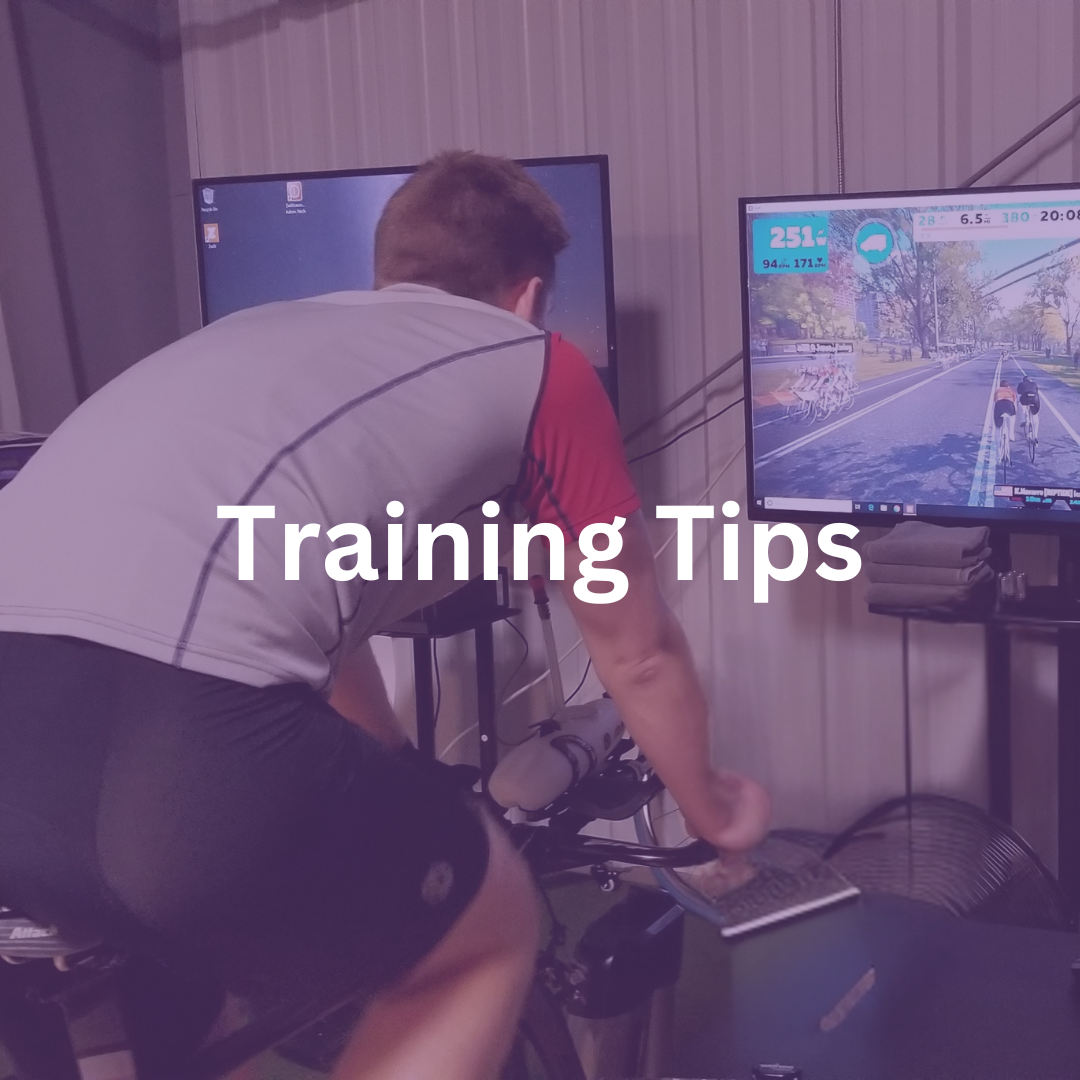By: Kinley Polnasek My name is Kinley Polnasek and I am 11 years old and currently in 5th grade at St. Joseph Elementary in Battle Creek. This is my second year participating with Team Athletic Mentors. I love all things sports and currently play basketball and soccer in addition to triathlons. I completed my first kids triathlon when I was 7 years old at the Cereal City Triathlon. No one in my family or extended family has ever participated in the sport so I thought it would be cool if I was the first one! While I was nervous at first, I loved how fast and competitive it was. The final sprint through the finish line is always my favorite part. It gives
An interview with program director: Terry Ritter What were some highlights of year four for the program? We were able to win a number of local road races in the Elite class, on both the west and the east side of the state (Waterford and Grattan), with multiple juniors. 3 of them did the 2023 Iceman in the PRO class, with Jonathan Meyer getting 13th overall. Jon also raced in his first PRO criterium field at Tour of America’s Dairyland (ToAD). Charlotte raced up a junior class at ToAD and took 2nd in the 17-18 field for the 5 day omnium. Jack Kozlowski took 3rd in his Cat. 4 omnium as well. We also took a few wins in the
By: Briony Dean Hi, my name is Briony Dean! I am 14 years old and a freshman in high school. I see myself as an athlete and try to be my best. I am currently pursuing track where I hope to run the 800 and the mile. My favorite athletic activity has got to be swimming. Something that makes me very proud of myself is that this year, I went to the Division 2 state meet as an alternate for Portage Northern. I’ve wanted to be in the water for as long as I can remember. Now, I’ve been a competitive swimmer for almost 7 years! The part about competitive swimming that I love the most is mainly the environment.
By: Kellen Siems One thing to consider when preparing for a cold weather run is what clothes you’re going to wear. The temperature should be taken into account, especially in fall and winter. To start, it’s highly recommended that you wear a base layer which would include any type of shirt, mainly something that will keep you warm and keep sweat off your skin. Cotton should be avoided because it absorbs moisture. Next you will need either a mid layer, outer layer, or both. A mid layer would be something like a vest, hoodie, or even a long sleeve shirt. An outer layer might be a light jacket like a wind breaker that protects you from the wind and keeps
By: Jay Campbell A recent Scientific Triathlon podcast argued that the best predictor of average bike-speed on a flat course is watts per CdA. If your watts per CdA is higher than the rider next to you, you will beat that rider in a flat time-trial. [This is in contrast to watts/kg, which is the best predictor of climbing speed. See my blog on the Tron Bike for a discussion on watts/kg.] Most of us triathletes do power-based workouts on the bike. We work on increasing our Functional Threshold Power (ftp) and have a good feel for the average wattage we can produce during a race. But do any of us have a handle on what our CdA is? And how do we reduce it?
By: Nathan LaGest My name is Nathan LaGest. I live in Ortonville Michigan, I’m 15 years old, and a sophomore at Oxford High School. I enjoy school and I do well with over a 4.0 GPA. I have been in competitive cycling for 8 years and started because I was looking for a new sport after participating in motorcycle racing, soccer, and baseball. I love the sport, the fun technical features, the beautiful scenery, constantly pushing my limits, and being out in nature. I raced and rode as an independent rider in MiSCA for the first two years of cycling. I then joined the Lake Orion Dragon Cycling Team when I was in fifth grade which I have been on for



 Athletic Mentors
Athletic Mentors